National Wildlife Health Center Strategic Science Plan
http://www.nwhc.usgs.gov/
By Kristin Madden, IWRC instructor and Chair of The Wildlife Society’s Wildlife Disease Working Group subcommittee to review the NWHC Plan
In February 2012, a subcommittee of The Wildlife Society’s Wildlife Disease Working Group was formed to review and comment on the U.S. Geological Survey’s National Wildlife Health Center’s (NWHC) “Science Strategy: Advancing Wildlife and Ecosystem Health for the Next Decade.” The NWHC Strategic Science Plan is a broad document with three major goals: developing local, regional and international partnerships; creating information support systems; and identifying wildlife health threats. Each of these is a vital goal is we are to effectively address pressing wildlife health issues as they arise. The North American Wildlife Health Strategy will emphasize a collaborative approach to mitigate the impact of wildlife disease on wildlife populations, domestic animals, and human health, as well as economic and social effects.
Our subcommittee was comprised of individuals from academia, state and federal agencies, and NGO conservation organizations. We felt that the plan was clear and concise, offering a broad framework that will help guide NWHC work activities over the course of the next few years. The subcommittee offered four pages of commentary to The Wildlife Society. Among a wide variety of comments, we recommended linking this document to other disease related planning documents, including the North American Rabies Management Plan that was signed in 2008 by representatives from U.S., Mexico, Canada and the Navajo Nation. We also noted that partnerships address the potential negative impact of translocation of wildlife. Translocation is commonly used for a variety of reasons and has tremendous potential to impact the spread of wildlife disease. We found the plans for ways to disseminate vital information to be particularly important for both professionals and the public. We also suggested increasing visibility by investing more in publications like the Field Guide to Wildlife Diseases.
Overall, this is an ambitious project that has great potential for education, collaboration, and efficient mitigation, even if only a portion of the specific objectives are accomplished. I look forward to the new research that will be sparked by this and the information and training that I hope wildlife rehabilitators will have access to.

Leave a Reply
You must be logged in to post a comment.